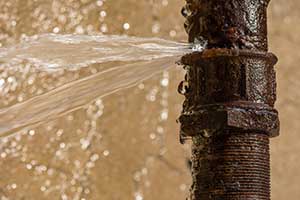Spirotech has announced the imminent introduction of the SpiroCombi MB3, the latest addition to its wide range of ‘two-in-one’ combined air and dirt separators.
The SpiroCombi MB3 has been developed to provide engineers and installers with a flexible alternative water conditioning solution for domestic heating and cooling systems.
The SpiroCombi MB3 can be fitted on either the flow or return depending on the location, age and condition of the system.
Available from merchants later this month, it will give installers the option of fitting a combined unit when normally only a dirt separator is fitted.
Kevan Peaker, UK Business Unit Director for Spirotech, said:
“Development of the SpiroCombi MB3 introduces further choice into the market. Manufactured in brass, it builds on the success of our extensive range of high performance and high quality SpiroCombi deaerators/dirt separators. Today’s highly energy-efficient heating and cooling systems offer first-rate performance with water that’s free of air and dirt; the SpiroCombi MB3 will provide continuous protection from both.”
Kevan explained the system characteristics would determine the most suitable positioning of the SpiroCombi MB3. 
He said:
“As a rule, air separators perform best on the high temperature (flow) side of the boiler, while dirt separators offer optimal protection when installed on the return line just before the pump. While deaeration is generally seen as the key feature, the system circumstances may dictate that the best positioning is actually on the return.”
For example, a brand new, properly flushed and inhibited installation would benefit more from locating the MB3 on the flow. The same would apply for a properly flushed and inhibited replacement boiler on an existing system.
However, for a dirty problematic system, it would be best to fit the combined unit on the return as close to the boiler as practically possible, or after the last tee connection in the return line.
Kevan added:
“Any approved heating engineer will be able to judge which location is best, possibly with some guidance from the boiler manufacturer.”



Add new comment